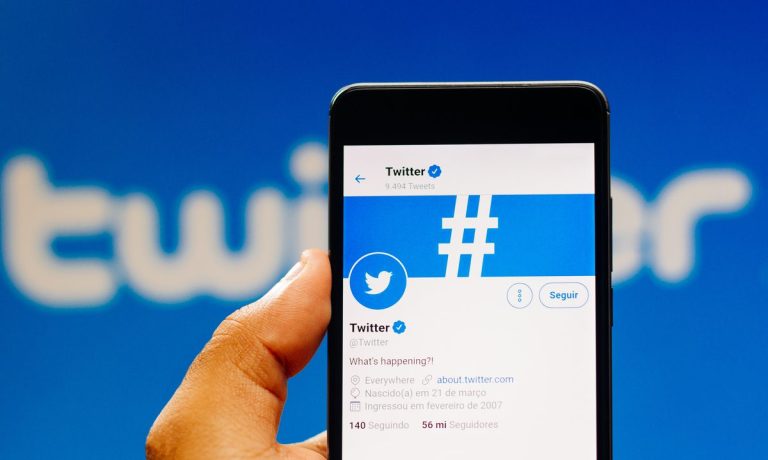
Jack Dorsey’s surprise announcement on Monday (Nov. 29) that he would be stepping down as CEO of Twitter opens the door for a potential new chapter of innovation and growth under new Chief Executive and former CTO Parag Agrawal — one that perhaps sees a greater focus on social commerce.
Related: CTO Parag Agrawal Assumes New Leadership Role at Twitter
Unlike other social media companies that have been quicker to invite brands and shoppers to meet on their platforms, Twitter only recently started investing more heavily in commerce functionalities, launching new business profiles in recent months to allow retailers and other companies to differentiate themselves and list hours of operation alongside a website. Dorsey told analysts last month, though, that the company intends to accelerate its offerings, noting that Twitter has not served small businesses well “in terms of the products or the advertising capabilities.”
“Commerce is an area where we want to start small and scale,” the former CEO said.
But while “starting small” may sound like a good idea, it remains the case that Meta’s Facebook, Instagram and WhatsApp, as well as Snapchat, Pinterest and TikTok, are miles ahead in developing their commerce functionalities.
Earlier this month, for example, Meta added shopping capabilities to Facebook Groups, launching a set of tools that allows group administrators to set up shops and provide product recommendations to members. TikTok also has separate partnerships with Square — of which Dorsey remains CEO — and Shopify to facilitate in-app shopping.
Read more: Commerce Gets Even More Social With Facebook Groups Shopping Upgrade
And: Square, TikTok Team up to Link Online Sellers via Social Media Platform
Streaming Shopping
The good news for Agrawal is that he’s not starting with a blank commerce canvas. Over the weekend, Twitter conducted its first test of Live Shopping in collaboration with Walmart through a shoppable livestream hosted by singer Jason Derulo. Though neither company released metrics about how many people viewed or shopped during the event, Twitter said in a blog post that this is the next step in its wider shopping plans.
See: Walmart Calls Livestreamed Shopping Shows on Twitter ‘Future of Retail’
In the coming weeks, Twitter also said it plans to launch its new Shop Module, which makes profiles shoppable, to more merchants and brands, as well as a new Twitter Shopping Manager, which creates a new way to onboard merchants and manage product catalogs.
Twitter also has other areas of monetization that it has been working on — a subscription service called Twitter Blue, for example, that provides users with extra features, and Super Follows, which allows users to charge followers and give access to additional content. But both of these efforts have been slow to take off and reception has been lukewarm.
Related: Twitter Unlikely to Invest in Crypto For Now
Attracting Users
Twitter is also facing years of stagnated user growth, to the point that it stopped reporting monthly active user numbers in its quarterly report for a time. In 2019, when it stopped sharing its monthly user count, the total was around 300 million, compared to Facebook’s 2.5 billion monthly users. In the third quarter of 2021, Twitter said its daily active users grew by 5 million to a total of 211 million.
While this leaves ample room for growth, the fact that Twitter was unable to expand its user base drastically during the pandemic, when most people spent more of their free time online than usual, suggests it’s not currently giving people a reason to spend time on the platform. And without consumers, Twitter is likely going to have a difficult time convincing brands to devote resources to selling on its site, especially with competing social media commerce operations already established.